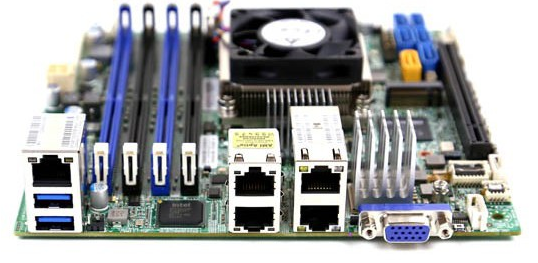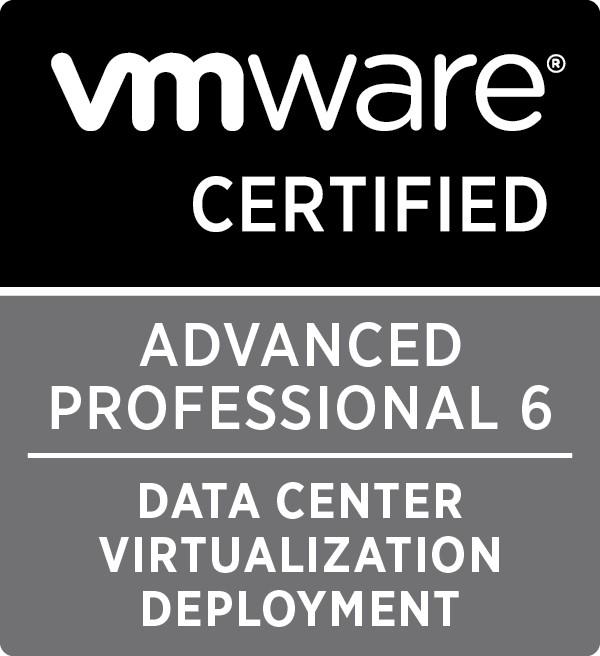Overview
Source : https://lists.debian.org/debian-devel/2017/06/msg00308.html
It appears some Intel Xeon CPU’s are susceptible to a recently discovered Hyper Threading bug. However, these are limited to E3 v5/v6 based Xeon systems which are found mostly in entry level servers with single socket implementations. > Dual socket systems currently leverage E5 based Xeons which don’t appear to be affected.
Currently, the easiest way to mitigate against this bug is to simply disable hyper-threading. The bug also appears to be OS agnostic.
Just Servers?
The focus around social media has predominately been around run of the mill servers; ones you typically purchase from the likes of Dell, HP, etc. However, there could be many bespoke devices that leverage susceptible processors, such as NAS/SAN heads. It is unlikely that in the event you find such a device HT can simply be disabled, but it should be something to be aware of.
List of Intel processors code-named “Skylake”
List of Intel processors code-named “Kaby Lake”

